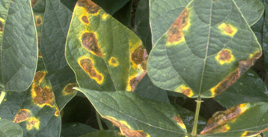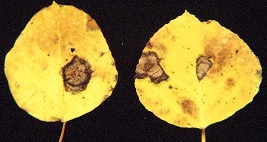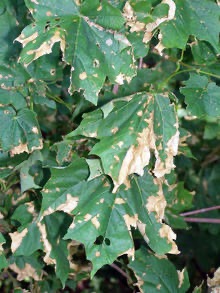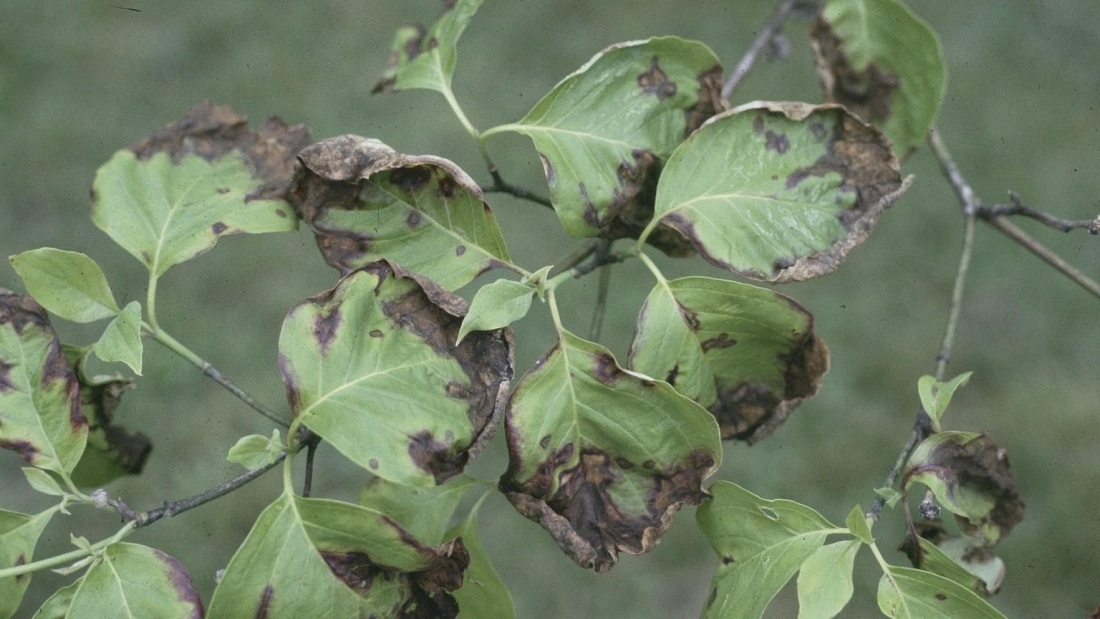By taking a quick glance out the window, it’s easy to see that we’re in for a cold and wet spring this year. This April we still have some rainy, and possibly snowy, days forecasted ahead, before it gradually warms into the 70’s in May. The moisture is much needed, but make sure to check on your trees as there are a few diseases to watch for in a spring season such as this one. These diseases can be spread by wind and rain and are prevalent in extended cool, wet weather.
Here are a few to look out for:
Bacterial Blight
Bacterial blight, also referred to as blossom blight or shoot blight, is a disease that occurs when bacteria enter the leaves of a plant and release a toxin that inhibits chlorophyll production. Symptoms of this disease are water-soaked areas that develop into dry, brown leaf spots with yellow-green “halos” surrounding the lesion. If you suspect your tree has bacterial blight, prune the diseased branches 10 to 12 inches below the visible symptoms and discard them. Be sure to disinfect your shears after pruning (using bleach solution or alcohol) to prevent the bacteria’s spread to other areas.

The leaves of a plant infected with bacterial blight
Aspen Leaf Spot
Aspen leaf spot, also known as ink spot or black leaf spot, is a fungal disease that, of course, primarily affects aspens, but can also target other trees within the same family, such as willows. At the onset of this disease, areas of the leaf surface begin to turn brown. Eventually, the entire leaf may turn yellow-ish brown and raised, black spots—hence the term “ink spots”— appear. To treat a tree with aspen leaf spot, completely dispose of all affected leaves and use a protective fungicide. Pruning lower branches can also help prevent your trees from developing aspen leaf spot because it allows for air circulation.

Leaves from an infected aspen
Anthracnose
Anthracnose diseases are caused by several fungal species and target sycamores and other shade trees. Symptoms vary among fungal species and the host tree affected, but typically include brown leaf spots, distortion and curing of leaves, and early leaf drop. These diseases are often more of a nuisance than a serious threat, so treatment by fungicide is only needed if a tree has suffered from anthracnose for multiple years, losing its leaves each time.

Leaves of a plant suffering from an anthracnose infection
So, keep an eye out this spring season to catch these diseases early. But remember, these are just a few diseases to be aware of; the best way to ensure your trees are healthy is to familiarize yourself with species-specific growth patterns and watch out for any irregularities.



